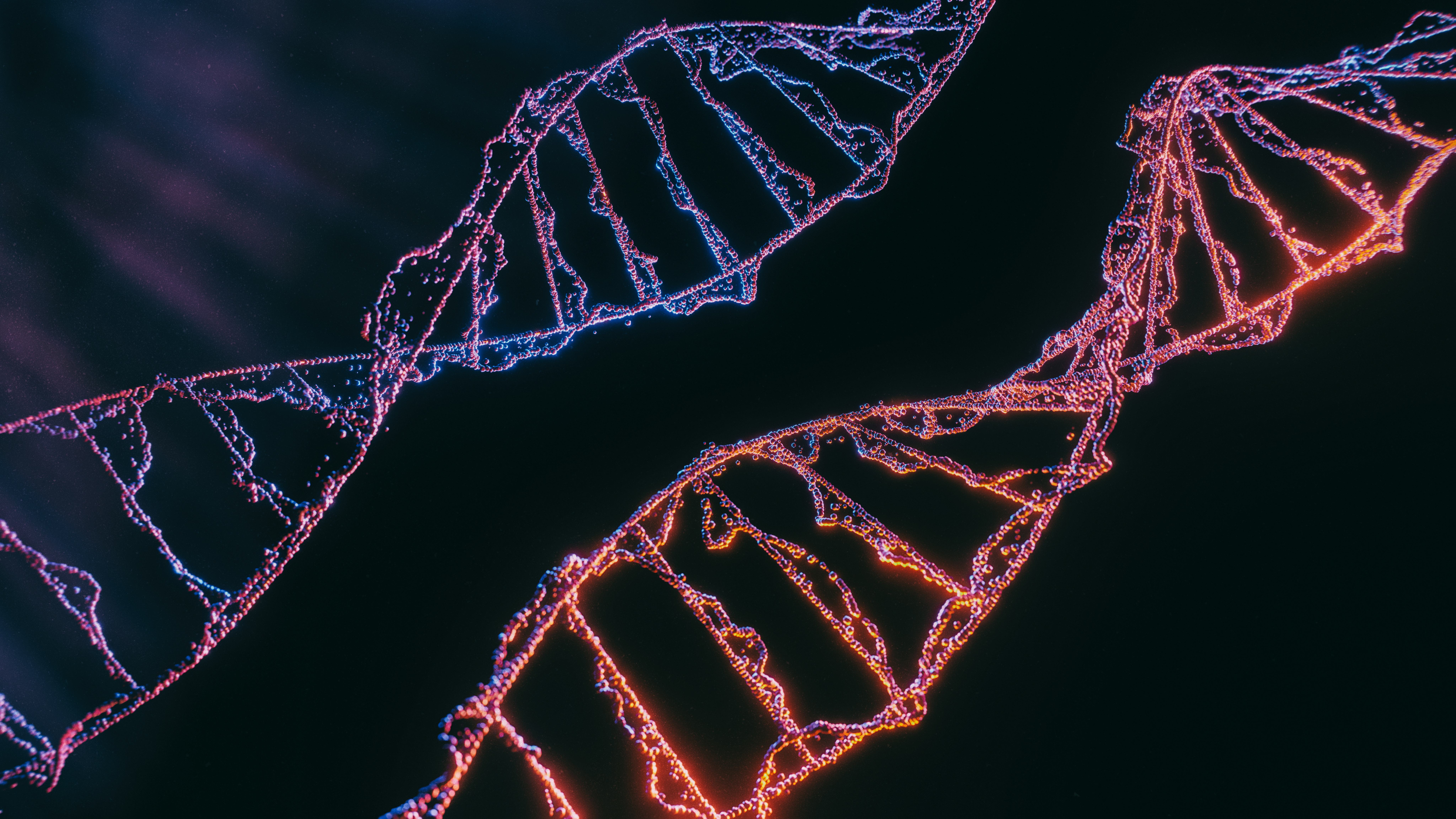
As the universe ages, stars have grown more and more metallic. In the early universe, supernovae simply had not fused hydrogen and helium into heavier elements.
Anything heavier than helium is a metal, to astronomers, and more metallic stars at a given temperature tend to give off less DNA-shredding ultraviolet radiation than their similarly-hot but less metallic cousins. And those systems would, necessarily, be rich in the elements needed to kickstart life. So that should be a pretty good place to look for life, right?
Well, maybe not. A paper published today by an international team in Nature Communications finds, surprisingly, the opposite. Even though metal-rich stars put out much less UV radiation, far more of it would reach the surface of an Earth-like planet, rendering a biosphere based on nucleic acids — like our familiar one here — all but impossible.

It’s Quality, Not Quantity
It’s “kind of a paradoxical situation,” Anna Shapiro, an astronomer at Max Planck Institute for Solar System Research and one of the authors of the paper, tells Inverse. “When we have more radiation from the star, you have less radiation on the planetary surface. When you hear that a star emits more radiation, people think, ‘Okay, we will all die on the planet, yeah?’”
For an Earthlike planet, though, that’s not the case. The team modeled the effects that the radiation of different stars would have on the atmosphere of a planet just like Earth. Here, we’re protected from ultraviolet radiation by two mechanisms. The first is O₂ molecules in the upper atmosphere, which absorb high-energy ultraviolet-c radiation. The second is ozone, O3, which absorbs lower-energy (but still nucleic acid-breaking) ultraviolet-b radiation lower in the atmosphere.
Here, it’s the absorption of that high-energy ultraviolet radiation that produces ozone in the first place. When the team modeled light from stars with more metallic makeups, though, those different metallicities produce different spectra. Spectra, specifically, with less of that high-energy ultraviolet radiation that turns O₂ into O3.
“More radiation makes the ozone more productive, and it absorbs as part of the spectrum better, and it becomes more protected,” Shapiro says. Without it, much more UV-B radiation reaches the surface than on Earth, even though their stars initially emit less than the Sun does—making the development of land-based life directly analogous to ours more difficult.

The Emergence of Life
Since its observations of WASP-39b last September, JWST has made it possible to take a look at the makeup of atmospheres around other planets. But JWST is used for so many things that its time hunting exoplanetary skies is limited. So when selecting targets for it — or for future exoplanet telescopes like the ESA’s PLATO, scheduled to launch in 2026 — it’s critical to select the likeliest possible systems for finding life.
“It’s not sufficient for a planet to be in the habitable zone of the star for it to have good conditions for habitability,” Alexander Shapiro, also an astronomer at the Max Planck Institute for Solar System Research and another of the authors of the paper, tells Inverse.
The emergence of simple unicellular life—which, on Earth, transformed the atmosphere into an oxygen-rich environment in the first place — would be less affected by this sort of radiation, since it could be protected by hiding under the water, Anna Shapiro explains. But planets around metallic stars—even ones in the habitable zone — would be less favorable for “multicellular life, not just the simple life like bacteria that can hide under stones from UV, but life that needs to live under the sky.”
That’s not to say that it’s impossible, Alexander Shapiro notes. “It’s very noisy. It’s very difficult to say that [high metallicity] means no life — life can adapt, it can have protective mechanisms.”
But still, even though there may not be a threshold for how hard it is for complex life to emerge, as the universe grows more and more metallic, “it’s getting more and more difficult for life to develop.”







